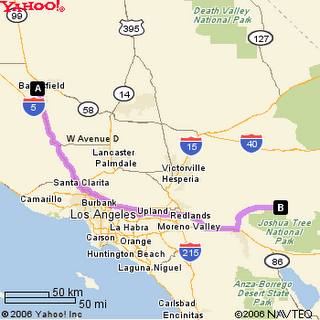
I took a drive to Joshua Tree National Park on Friday, May 5th, feeling like it would be one of my last opportunities this year to see the wildflowers. Plus, I had checked the weather and it was going to be in the low to mid 80's, so I figured it would be a good day to go exploring the park. I had never been there before, so I printed up some maps to the park and set off at 9:30 that morning.
It took about 4 hours to get there. With the LA traffic and some road work going on, there were some traffic delays. I arrived at the gate around 1:30. It was a sunny day and warm, but not really hot, with clear skies. Going through the entire LA area, it was very smoggy, so I was worried it would be smoggy in the park too, but it wasn't. It was typically breezy, as the desert tends to be. I entered the park through Joshua Tree Village. There are also entrances at Twentynine Palms and at Cottonwood Spring, which is 25 miles east of Indio. The visitor center is located at Cottonwood Spring, so if you want to go to the visitor center, it would be best to enter there. When I got to Cottonwood Spring, it was after 6 pm, and the visitor center closes at 4 pm. The cost to get into the park is $15 and it is good for 7 days. I have an Annual National Parks Pass which costs $50 annually, and it allows you to enter any national park, national monument or national preserve for an entire year, as many times as you wish. If you plan on doing a lot of trips to national parks, it is a good deal. You can get one at any national park or you can purchase it online HERE.
Joshua Tree National Park is a very large park. It covers some 800,000 acres, and two separate deserts, the Colorado Desert and the Mojave Desert, come together in the park.
The Colorado Desert is considered a low desert (below 3000 feet), and occupies the eastern half of the park. It is slightly warmer than the higher desert. Very few Joshua Trees inhabit this part of the park. In this part of the park, you see a lot of cactus and creosote bush. There is a "Cholla Garden" in this part of the park. There is a pathway you can walk through here. Be careful though...the cactus are very sharp. Also in this part of the park, there are some interesting looking plants called Ocotillo. These are tall plants with bright red flowers. There is a Ocotillo Patch where several of these plants grow. Also in this part of the park, there is Cottonwood Spring, one of several fan palm oases that occur in the park. In these oases, naturally occurring water springs can be found. These springs are extremely important to the desert plant and animal life.
The higher Mojave Desert, which occupies the western half of the park, is the home of the Joshua Tree, for which the park is named. The trees grow in abundance here, making some parts look more like a forest than a desert. According to legend, Mormon pioneers thought the limbs of the Joshua Tree looked like the outstretched arms of Joshua, leading them to the promised land. Other people were not so impressed by the tree. John Fremont, an early explorer, thought the Joshua Tree was the ugliest tree in the plant kingdom. Joshua Trees are found only in North America, and only in the states of California, Arizona Utah and Nevada.
Also found in the park, are what seems like a neverending array of rock formations. In fact, the park is a favorite of rock climbers. Some interesting rock formations can be seen at places called "Wonderland of Rocks," "Jumbo Rocks," and "Cap Rock." Many of the campgrounds are also situated among rock formations, which provide shelter against the wind, and shade from the desert sun. Due to erosion from wind and from flash floods, the rocks take on strange and interesting shapes.
At first glance, the park seems without much animal life. It is a desert, so many animals are nocturnal. But if you look closely, you can see many animals and birds which make this place their home. Animals such as desert bighorn sheep, coyotes, kit fox, mule deer, rattlesnakes, lizards, and even toads can be seen in the park.
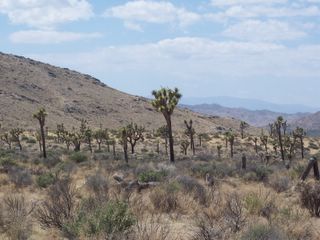
There are many things to do in Joshua Tree National Park, whether you want to go rock climbing or camping or hiking, or just want to go sight-seeing. There are about 9 campgrounds in the park, some being primitive with no water, and others being more modern, having flush toilets and available water. There are also several hiking trails for the experienced hiker, and also shorter nature trails. If you are a real trooper, you can go backpacking as well. Night time in the park is also a great opportunity to do some stargazing, away from the city lights. So bring a telescope or binoculars. Also, make sure you bring lots of water and sunscreen! I got a little sunburnt. But that'll teach me to bring sunscreen next time.















 Grab my blinkie if you wanna
Grab my blinkie if you wanna


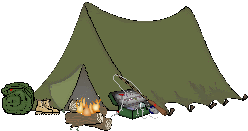






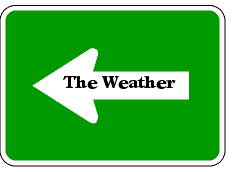





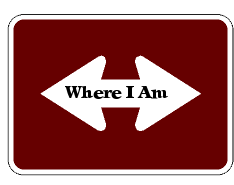
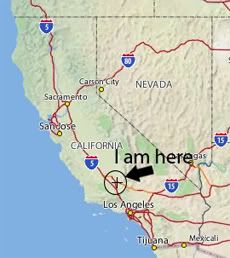


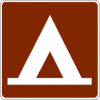
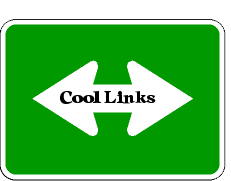














 (Click on the links below to go there.)
(Click on the links below to go there.)



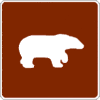
 Click the moose to sign my Guest Book
Click the moose to sign my Guest Book





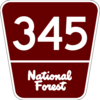


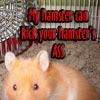 My "pet"
My "pet"

 Visit CALM
Visit CALM
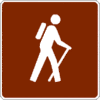



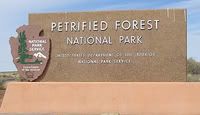










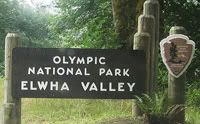
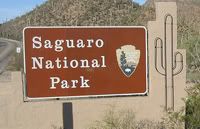
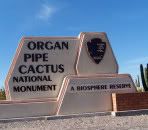
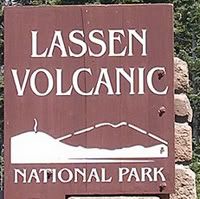


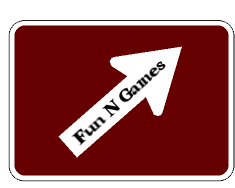
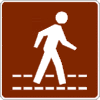




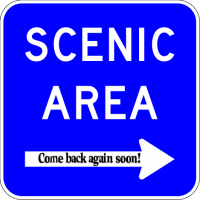



No comments:
Post a Comment